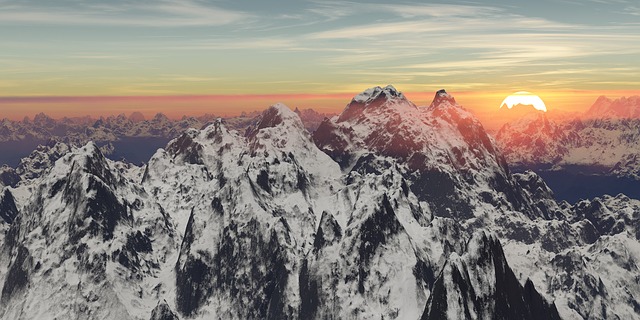Ice sheets usually reflect 80 per cent of the sun’s powerful radiation back towards the sky and thereby slowing down the process of melting. Dust and black carbon deposition in high-mountain Asia darkens snow and ice, increases sunlight absorption and causes melt.
Chandan Sarangi and colleagues find that dust dominates black carbon deposition at higher altitudes, implying a shift in aerosol type as snow lines shift higher with warming. Fei Li and co-authors identify a mechanism by which reduced Arctic sea ice increases aerosol transport to the Tibetan Plateau. Together, these studies improve understanding of the deposition of aerosols at high altitude as well as the large-scale mechanisms controlling their delivery.
The study has revealed that the dust blowing from hundreds of miles from parts of Africa and Asia and landing at very high altitude has a wide impact on the process of snow melting of Himalayan region. Yun Qian is an atmospheric scientist at the US Department of Energy's Pacific Northwest National Laboratory, making this claim in research.
Ice algae is also another factor for increase the melting process as reported in Presena Glacier, Italy. Algae make the ice darker so that the ice sheets instead of reflecting the sun’s rays absorb them and this results in an increase in the speed of melting.
As the ice melts faster, more algae are exposed to idea growth conditions because they now have access to water, air and sunlight.
Source: Di Mauro, B. A darker cryosphere in a warming world. Nat. Clim. Chang. (2020). https://doi.org/10.1038/s41558-020-00911-9
